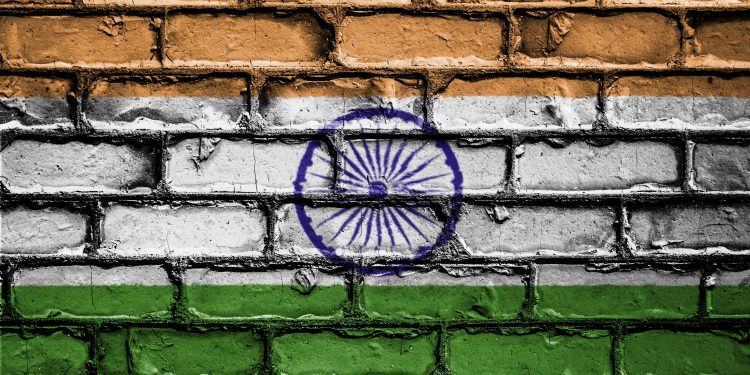Bharat Stage (BS)- VI Implementation By April, 2018: An Audacious Target

The Indian Government has proposed to move the timeline for implementing BS-VI emission norms to April,2018, which is two years earlier than planned. Initially, the BS-VI norms were to come into effect by 2020. In the wake of Delhi smog and the overall worsening air quality in the country, the government has decided to speed up the rollout.
Air Pollution At Its Worse
More than 40 cities in India has bad air quality for 60% of the total days surveyed. India alone accounts for 600,000 pollution related child deaths under five years. Particulate Matter(PM)in our country is 6 times more than the limit set by WHO. PM2.5 is an important reason for the increase in non-smoking cancer proliferation in India. Early deaths related to PM2.5 increased by a staggering 48%. OECD predicts that the health cost of air pollution will be US$176 billion by 2060. The health risks include dementia, Alzheimer’s disease. Air pollution also affects regional climate, impacting future water availability and ecosystem productivity.
Ozone, a reactive gas formed from Carbon Monoxide, Nitrogen dioxide and other volatile organic compounds, has seen higher rate of increase in recent years. This particular gas poses serious respiratory problems such as Chronic Obstructive Pulmonary disease and causes early deaths . But, Ozone monitoring is extremely limited in India.
BS-IV Implementation –Results
Nationwide implementation of BS-IV norms began on April, 2017.Has it been successful? So far, only 30 cities have shifted to BS-IV fuels. Rest of the country still uses BS- III fuels. Complete enforcement will require a wholehearted cooperation by the auto industry and necessary investments.
The government has to consider the case of China, which declared a ‘War on Pollution’ in 2014. Since then, 74 major cities across China has seen notable decrease in PM, Sulphur dioxide, Nitrogen dioxide,etc.. This has been possible by effecting structural changes in China’s industrial belt, a three year ban on coal mine approvals, real time public monitoring stations, increased fines and inspections , stricter enforcement standards.
Challenges Ahead
BS-VI norms stipulate 68% reduction in NOx emissions from diesel engines and a limit of 4.5mg/km of PM. This will lead to increase in car costs by Rs.30,000 to Rs.40,000. The Petroleum ministry will spend Rs.30,000 crores to upgrade refineries to meet BS-VI norms. The government has to take into account, the compliance technologies needed for the rollout.
Other innovative approaches such as City Certification Programme, being piloted in some Asian countries, to encourage locality based strategies have to be taken note of.
The mere implementation of BS-VI norms on paper will not be enough. In addition, stricter compliance and monitoring mechanisms has to be in place to ensure actual implementation.
Along with vehicle emissions, fuel wood, biomass burning and indoor cooking are other major causes of air pollution. Low speed traffic and congestion releases 4 to 8 times more pollutants. The government has to take a holistic approach by considering other major contributing factors to air pollution and devise a policy framework that addresses all these issues.




